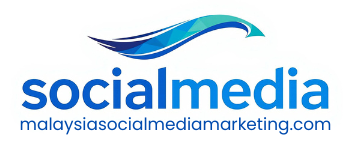
Increase Your Facebook Reach: Boosted Posts vs Ads
How do you increase your organic and paid reach on your Facebook business page? There are two primary options – boosting posts or running ads. Both have advantages that gain maximum exposure and engagement, but it’s essential to understand what they are and how they differ to know which is right for you.
A “boosted post” is an organic post on your Page that has been promoted with an advertising budget. This allows more people than usual to see the content in their News Feeds. It boosts organic posts, increasing the visibility of a business page and website traffic and providing a broader audience for those organic posts.
On the other hand, “Facebook Ads” are ads created within the Ads Manager tool. This allows you to create ads specifically for Facebook users and pages tailored for any audience segment: gender, age, location, interests and more. You can upload images or videos of your choice and add links or call-to-action buttons if desired. Plus, you can use ads to drive traffic beyond your Facebook page (e.g., website traffic and visits).
So which one do you choose? That depends on what your goals are. If you’re looking to build brand awareness quickly among a broad audience, then boosting posts may be the better option, as it will reach more people more quickly than creating multiple ad campaigns every time you have something new to promote. On Facebook marketing strategy, on the other hand, if you’re looking for greater targeting (by age group, for example), then running ads on Facebook posts can be a good choice as it allows you to set specific targeting parameters upfront when creating each campaign.
No matter which route you go down, one thing remains constant – frequency matters! If you want real results from either boosting your posts or running ads, it’s important to be consistent with how often you promote content via both methods; this gives people more chances to engage with your content, leading to higher engagement overall! How frequent should this be? Aim for once or twice a week at least; doing too much can lead people to feel overwhelmed or, worse still, click ‘unfollow’.
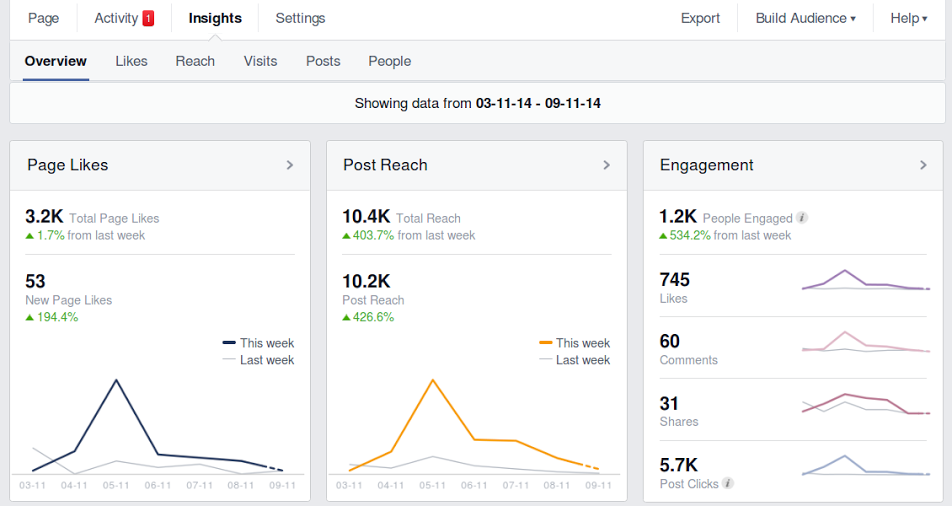
Increase Your Facebook Reach: Engaging with Your Audience
Stray from the traditional “one-way” communication style. Instead, try conversing with people who comment on your posts or messages you receive. Responding to their comments makes them feel valued and increases their engagement levels user generated content and yours! This can also be used as a great way to encourage your users to interact for more interaction by asking questions at the end of each blog post.
Secondly, use images and videos when possible – visuals draw attention and are more engaging than text alone. A picture paints a thousand words, after all! So make sure that whatever content you’re creating has something visually appealing attached, including colorful images or even short videos showcasing products or services you offer!
Thirdly, consider running Facebook Ads – ads are one of the most cost effective means of using organic reach and reaching new audiences quickly; plus, they give you greater control over targeting specific demographics such as age groups and interests, which can help you gain more followers faster! Remember that an ad campaign should always have an achievable goal (e.g., conversions) and having a good ROAS (return on ad spend) is key!
In conclusion, understanding how to engage with your audience is essential if you want success in growing your organic reach and your own social media marketing strategy on your Facebook pages! Posting content on fan pages regularly, responding to comments and messages, using visuals whenever possible and leveraging Facebook Ads can all go a long way in helping achieve this goal!

Increase Your Facebook Reach: How Many Social Media Posts Per Day?
Firstly, it’s important to establish your posting frequency – this will depend on the size of your following, the quality content type you create and how often people actively engage with it. Generally speaking, aim for 2-3 posts per week; however, this is just a guide – experiment and find what posting frequency works best for your target audience!
Secondly, use tracking tools like analytics or insights – these allow you to monitor Facebook posts and performance over time (e.g., post reach, post engagement rate), which can then be used as an indicator of success. It also helps inform future strategies by allowing you to identify which type of post content works better than others, so look out for patterns in Facebook post performance!
Thirdly, mix up your content types – this helps keep followers engaged by providing variety in the news feed and giving them something new each time they visit your Page. Try varying between text, image posts and video posts whenever possible and ensure they are relevant to the topic. This could include articles, post images, quotes, short polls, or live streams!
Finally, consider the timing when posting – although it’s essential not to flood followers with a news feed with too much information at once, strategically placed posts at certain times can help maximize reach and engagement. For example, if most of your followers are in a particular region, try scheduling posts during peak activity hours in that area!
In conclusion, regularly publishing valuable and engaging content is essential for growing awareness of your reach on Facebook and marketing your business on social media platforms like Facebook. Knowing how many social media posts per day is important, but remember, it might take some experimentation before you find what works best for you! So keep an eye on post performance metrics and adjust accordingly based on the results for maximum reach potential!

Find Out What’s Working With Facebook Insights and Experiments
“Reach”: This metric tracks the number of people who have seen a specific blog post or Page. Aim for high reach numbers to ensure that as many people as possible are seeing your content.
“Engagement”: This metric tracks the overall level of engagement a specific post or Page has with user generated content based on likes, comments, and shares.
Jewellery brands might see higher engagement numbers when they post photos of their latest designs rather than just descriptive text. Understand what different metrics mean for unique users of your Page and evaluate performance over time.
Using these metrics as a guide, you can identify which content resonates with your audience and adjust your social media marketing efforts accordingly. Facebook Experiments is another helpful tool that can help refine social media strategies.
Through Experiments, businesses can test and compare different versions of advertisements, experimenting with elements such as the ad copy, image, and even targeting to see which variations are most effective.
A/B Tests are an easy way to test different variations of Facebook ads.
To determine the effectiveness of different ad variations for the same audience, create two ads with slight differences in design or targeting. Facebook will serve both ads to your target audience to determine which version performs better. Based on the results, you can then decide which ad to continue using to maximize the effectiveness of your advertising efforts.
Zara, for instance, can create two separate ads focused on clothing items, targeting different age groups.
The ad with higher engagement can be selected for future campaigns. This feature can be a powerful tool for optimizing advertising campaigns and improving conversions.
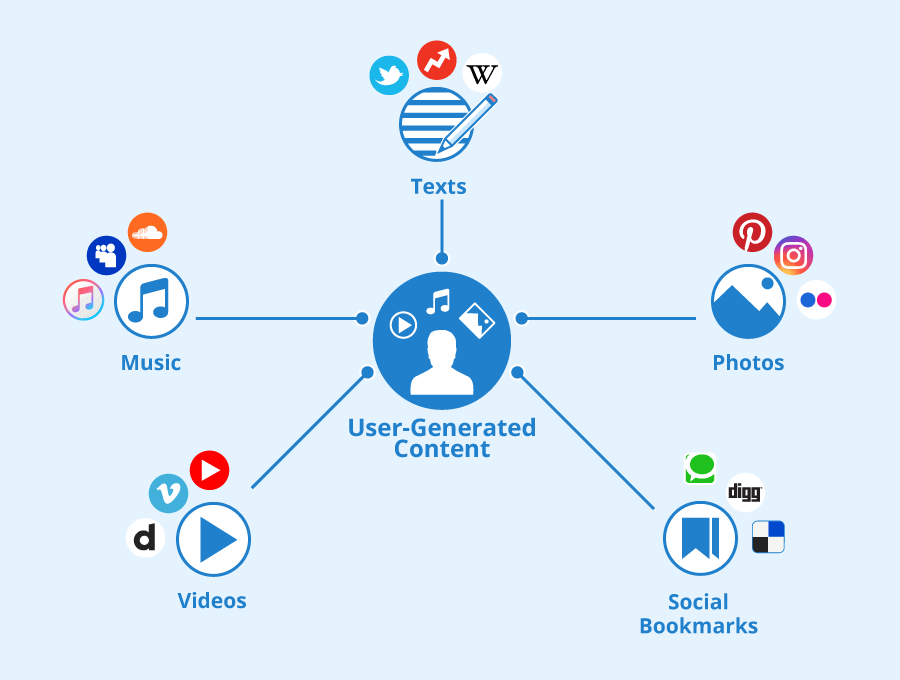
18 – Plan your content/create a buzz for your content, such as for the podcast
Businesses can also use other social media platforms, like Twitter, Facebook, and Instagram, to tease upcoming branded content below. Share smart and catchy one-liners, Facebook posts, stories and images to excite your target audience.
There are several social media calendar software out there that can make scheduling these posts more accessible.
In addition to organic reach, influencer promotion can help spark inbound discussion and build an even larger audience.
Work with relevant influencers or podcasters to share exclusive clips or leaks to build excitement before the release date.
Using a landing page to promote your upcoming podcast can help create a central platform to share pre-promotion details and selling points.
Use a teaser video, audio or image to give insight into what the listener expects. You can also gather email addresses when users sign up for updates that inform them of the podcast release.
This data can be crucial when considering future promotional campaigns, such as setting up your remarketing ads or next email campaign.
Finally, guest speaking on other podcasts or interviews is an exceptional promotional tool for building discussion and attracting new listeners or subscribers.
These platforms usually have larger audiences; reaching a new audience through them is a sure way of getting ears on your podcast.
Reach out to pay, reach out to potential partners, pitch outlines of what you’re going to discuss and build a discussion around the event on different platforms before and after the event.
Planning your content effectively and building pre-launch excitement are critical to creating a buzz around your content.
Whatever platform you are using, creating a launch strategy, teasing your audience with gripping trailers or clips, and collecting emails through landing pages are essential for creating buzz and building a large audience before the release of your podcast.
Publish native Facebook videos.
One way that companies can improve their outreach is by publishing native Facebook videos. Native Facebook videos are videos uploaded directly to Facebook rather than linked from an outside source like YouTube. This article will discuss why publishing native Facebook videos is critical and the best practices for optimizing this approach to reach a wider audience and increase engagement rates.
First, publishing native Facebook videos provides you with increased reach and visibility. Facebook prioritizes native videos on its platform as it helps retain viewers for extended periods, leading to better retention metrics. Native videos also have higher viewing time, visibility rates through shared content, and better SEO results. Compared to videos linked from external sources, Facebook-native videos surpass them.
Native videos on Facebook have automatic playback, capturing the users’ attention as they scroll through their news feed space elsewhere. When additional elements like closed captions are included, the user experience improves because users can watch videos without sound or tune in and out without losing control of the content.
Businesses must adhere to best practices when creating Facebook-native videos to ensure the highest-level engagement rates. Some of these best practices include:
Keep it concise and engaging:
Keep your content relevant and to the point. Ensure that the videos are short and they maintain the viewer’s attention throughout.
Optimize resolution and format:
Make sure all your posts and videos are high resolution and optimized for Facebook’s aspect ratios. Different videos and platforms have different optimal dimensions; it’s essential to know that so that the video can meet the delivered message.
Add captions:
Captions are becoming increasingly popular as videos are often viewed on the go, and only some have the luxury of quality headphones. Include captions for viewers who prefer to watch videos in silent mode.
Develop a call-to-action: CTA’s are essential in motivating users to take action after watching your video, for instance, learning more, subscribing, or purchasing. It can be an effective way of converting your Facebook audience into customers.
Analyze performance:
Like any digital marketing effort, tracking the metrics to adjust future posts adequately is essential. Analyzing metrics such as engagement rates, complete views, shares, and click rates as part of your KPI will help you optimize future posts.
In conclusion, publishing native Facebook videos is a simple way for businesses to increase online visibility, reach a wider audience, and boost engagement rates. By creating bite-sized but informative, well-produced videos optimized for Facebook’s viewer experience, companies can generate brand awareness, reach a diverse audience, and drive business outcomes such as customer acquisition and retention. By following best practices, continuously analyzing success metrics and challenging the content, businesses can stay ahead of the curve and create a more engaged audience.

Understanding Facebook’s News Feed Algorithm
Businesses should create branded content tailored to their audience’s specific interests to improve visibility in their user’s News Feeds.
Recently, Facebook announced some pretty significant changes to the News Feed algorithm.
It’ll now prioritize posts from friends, Facebook fans and family over businesses, social media marketers and brands.
The goal is to encourage more meaningful interactions rather than just scrolling through content mindlessly.
Videos are the most engaging, followed by images and then links.
This means that you should focus more on videos and photos to capture users’ attention for longer.
So, if someone frequently engages with travel posts, the Facebook algorithm will show them more of those share posts.
How do I increase my organic post reach?
Promoting the profile across different social media channels within a given country can help increase exposure and ultimately lead to more people visiting the Page, organicallyᅳincreasing the chances of them engaging with content posted there later on down the line.
By following these tips, businesses can effectively increase their organic post reach on social media platforms such as Facebook and Twitterᅳultimately leading them closer towards achieving success online! With the right strategies and tactics, businesses can significantly increase their visibility and reach a wider audience.
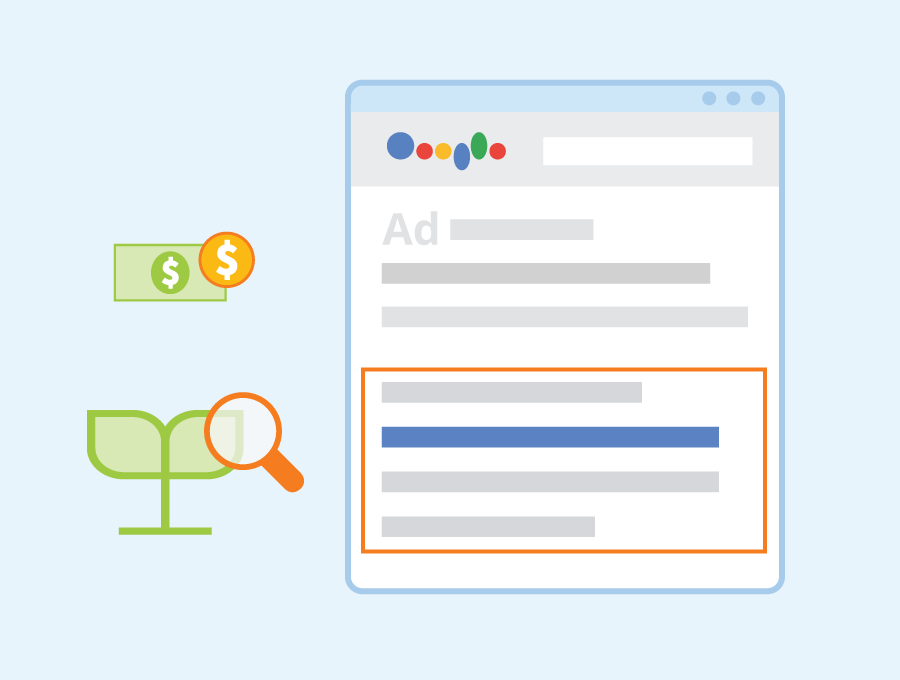
How can I increase my Facebook reach without boosting?
Quick Response to your Inquiry:
One of the easiest ways to increase reach on your Facebook pages is by quickly responding to any inquiry made on a post. This improves the chances of your content frequently appearing on users’ News Feeds. Facebook’s algorithm favors pages or accounts that respond quickly to queries made, which immediately increases your page or account’s relevance score. Quick responses to inquiries also mean that users are more likely to engage more with your brand and recommend it to friends.
Hosting Interactive Event Live:
Hosting live events on Facebook can help increase your engagement and reach without boosting posts. Live events are interactive and can spark discussions among viewers. These events are unique because they shift from the traditional one-way conversation format to a two-way communication platform.
Start your Facebook Contests:
Facebook contests are a great way to increase engagement and reach organically. These contests generate excitement and incentivise followers to engage more with your Page or account.
Engage with other Pages:
By commenting on pages or accounts related to your niche, you immediately increase your chances of individual posts being seen by other followers. This strategy means that you’re tapping into an already established fan base and experiencing growth in your audience to boost the post’s reach and boost the post itself. However, ensuring you add value to the conversation without spamming pages with irrelevant comments is essential.
Join Facebook Groups:
Joining the Facebook business groups that relate to your brand, niche or targeted audience can help increase your reach organically. Facebook groups allow businesses to connect with an active community and engage with their members. By sharing valuable content or insights, you spark a conversation amongst the community, and this increases your reach organically.
In conclusion, increasing organic reach on Facebook without boosting requires thoughtful and consistent implementation of a few tactics: quick response to inquiries, hosting interactive live events, hosting Facebook contests, posting quality content and engaging with other pages or accounts, and joining the right Facebook groups. Businesses that succeed at building a focused following and creating content tailored to their audience gradually increase their organic reach, achieving long-term success on the platform.
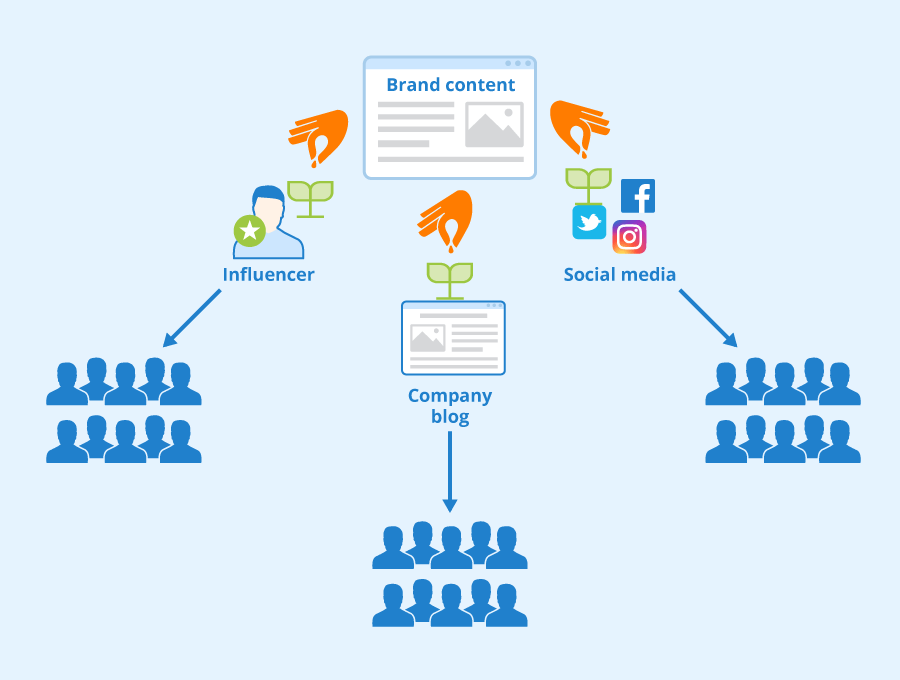
What is a good Facebook organic reach?
In today’s digital age, social media has revolutionized the way we connect with people. Facebook has created numerous opportunities for businesses to expand their reach and attract potential customers. A good Facebook organic reach is about maximizing the number of people who see your content without paying for it. With the constantly changing Facebook news feed algorithm, getting your content in front of your target audience can be a challenge. However, by creating engaging and valuable content, promptly responding to comments and messages, and utilizing Facebook Groups, you can increase your organic Facebook traffic and ultimately grow your business. And while Facebook ads can undoubtedly enhance your reach, mastering your organic efforts can be equally impactful.
